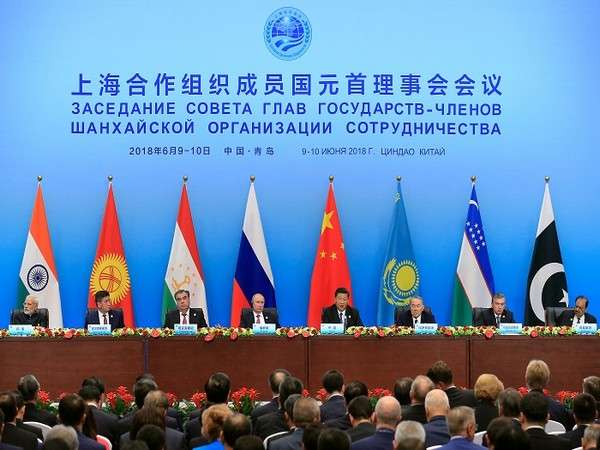In a reinvigorated salvo following a momentary diplomatic lull during the Shanghai Cooperation Organisation summit, U.S. President Donald Trump on September 3 described the longstanding trade relationship with India as “one‑sided,” assailing New Delhi for imposing “tremendous tariffs” while offering Americans unfettered access to its vast market. Trump specifically highlighted that U.S. firms faced duties reaching up to 100 per cent, a fiscal architecture he criticised as “one of the highest in the world.” He cited Harley‑Davidson’s decision to establish a manufacturing base in India rather than face punitive tariffs, as symptomatic of a trade imbalance that “was a totally one‑sided disaster.” In contrast, U.S. exporters, he lamented, were effectively “pouring” goods into India at tariff‑free entry. This resurgence of rhetoric arrives on the heels of a brief interregnum in belligerence.
At the SCO summit in Tianjin, Prime Minister Narendra Modi’s overt camaraderie with Presidents Xi Jinping and Vladimir Putin cemented through high‑profile engagements, appeared to temporarily reorient bilateral dynamics. However, Trump’s remarks signal that domestic economic messaging once again commands the U.S. posture, overriding diplomatic acquiescence. From a strategic standpoint, Trump’s renewed critique underscores a transactional worldview, one that prioritises immediate trade recalibration over enduring geopolitical alignment, a divergence from earlier administrations that sought to frame India as a lynchpin in the Indo‑Pacific equilibrium. Analysts now caution that excessive tariff pressure may inadvertently drive India to deepen alternative partnerships, particularly with Russia and China; an outcome tacitly evidenced by Modi’s SCO engagement. In sum, Trump’s reiteration of a lopsided trade dynamic, following a diplomatic thaw, underscores the persistent fragility of economic trust, a reminder that strategic autonomy and tariff diplomacy now define the contours of U.S.–India relations as much as shared values.

